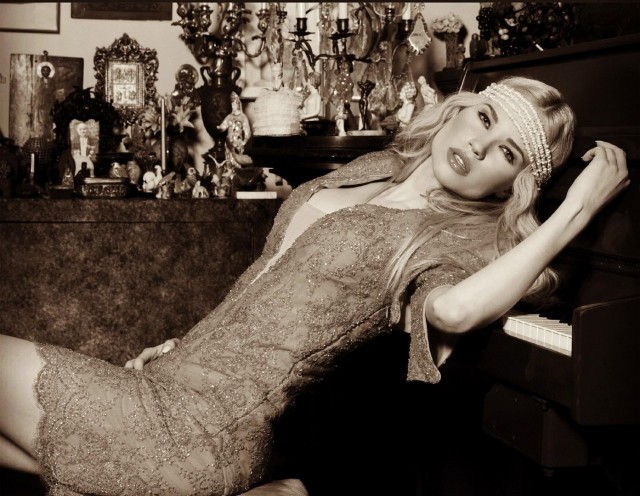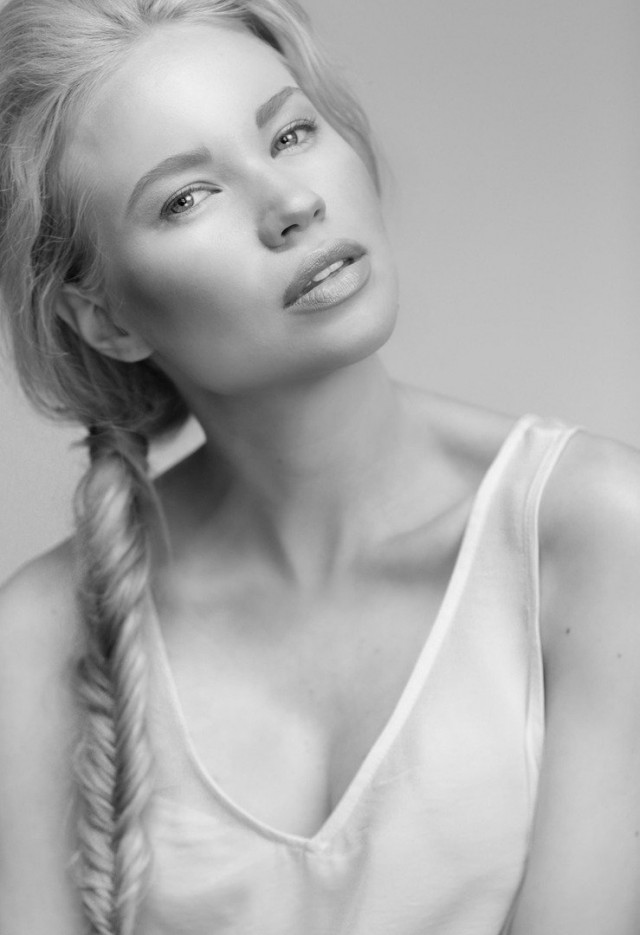
Little Italy: check. Little Saigon: real. Little Egypt – by all means. Chinatown, Little Greece, Little Punjab, Curry Hill - A myriad of ethnic enclaves dot the New York landscape; but not a single neighborhood to suggest anything even remotely Scandinavian. Although Brooklyn’s (now primarily Russian) Bay Ridge community once boasted a Norwegian settlement with a modest influx of Finns, the resurgence of such a demographics seems as unlikely as a Finnish reoccupation of Karelia. Contemporary Zeitgeist may have replaced the metaphor of New York being a ‘melting pot’ with that of being a ‘salad bowl’, but Finnish expats seem perfectly happy filling their own bowls with whatever greens are on offer locally. While living abroad probably doesn’t mean sacrificing cultural identity, the need for a distinct community is limited. For all the recent enthusiasm regarding urban multiculturalism, it’s evident that certain birds of a feather refuse to flock together once they’ve flown the coup.

On those few serendipitous occasions when I did encounter a Finn, I was prompted to ask the very same intrusive question with which Helsinki locals had burdened me for several years; namely: what on earth are you doing here? Of course, their answers made a lot more sense than my own. As Finnish born supermodel Nea McLin explained, ““I love working in New York because people come here from every part of the world so anyone would feel at home”.
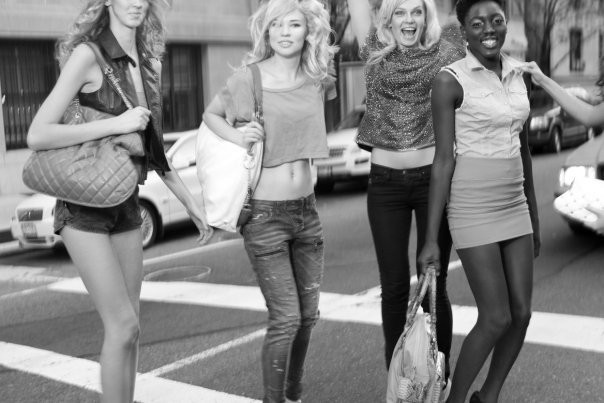
First Encounter
It was just a few days before New York’s Fashion Week as I sat at my desk poring over a series of images wherein a remarkably attractive model seemed to be relating a highly personal and dramatic story. However, the retro-styled clothing coupled with the austere industrial setting created more questions than they answered. As the feature editor of the New York Resident, it was my job to come up with the accompanying text – be it in the form of poetry, succinct story line or simply copy. In an attempt to make sense of the choices being made, I quickly got on the phone with our contributing photographer, Kenji Nakamura.
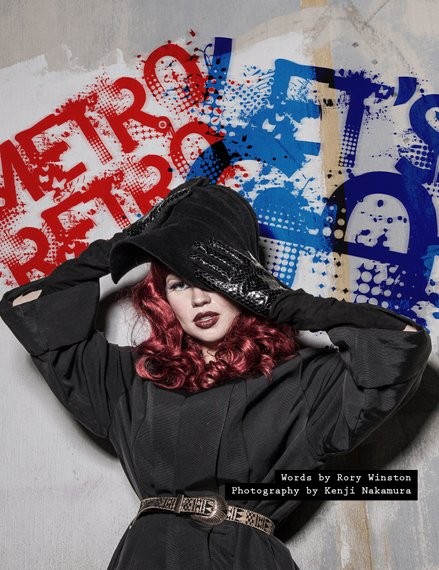
“Look Kenji, we go to print in just a few hours and I need to know something about your vision”
“Only some of the shots are blurry but my eyes are fine”, said the man with a heavy Portuguese accent and a Japanese name.
“No, I meant artistic vision - the choices made”
“Choose what you like”,
“I meant the choices you made in telling a story. There’s some kind of story you are trying to tell – right? Something about abandoning a romantic era or… am I wrong?”
“Yes”.
“I am wrong? Or you mean ‘yes’ there’s a story.” I asked in desperation.
“Yes”, said Kenji as though to dispel all doubt.
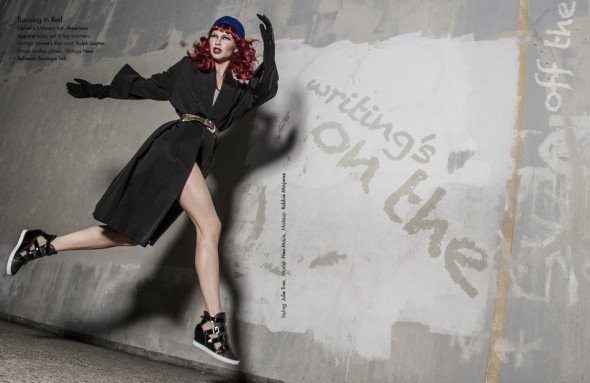
“I can see there’s the concrete wall behind her and she’s carefree one minute, trapped the next, then relaxed… there’s a struggle then acceptance – some powerful feelings stir and - ”.
“I’m glad you like it”.
“That’s not the point. In the least, I would need to know something about the girl in the pictures…what the series is trying to express besides ‘wow, she looks amazing’ – that way I can come up with text to complement your images”.
“Thank you”, said Kenji more reassured than ever.
“No. I meant ‘complement' as in ‘text to complement the piece’ not compliment as in ‘good work, Kenji you did do a wonderful job’”
“Thank you” - it seemed to be his recurring theme.
“Can you tell me something about the model?” I insisted
“Blond”
“I can see that.”
“The red hair was my wig”
“Okay…And she’s – what’s her own story?”
“Swedish”
“Right…?”
“Or Russian”, Kenji stated with unearned certainty.
Clearly, I had nothing. Agreeing to forward the model’s contact details, Kenji took a long breath, paused meaningfully and said ‘thank you’ yet a third time for no apparent reason before hanging up.
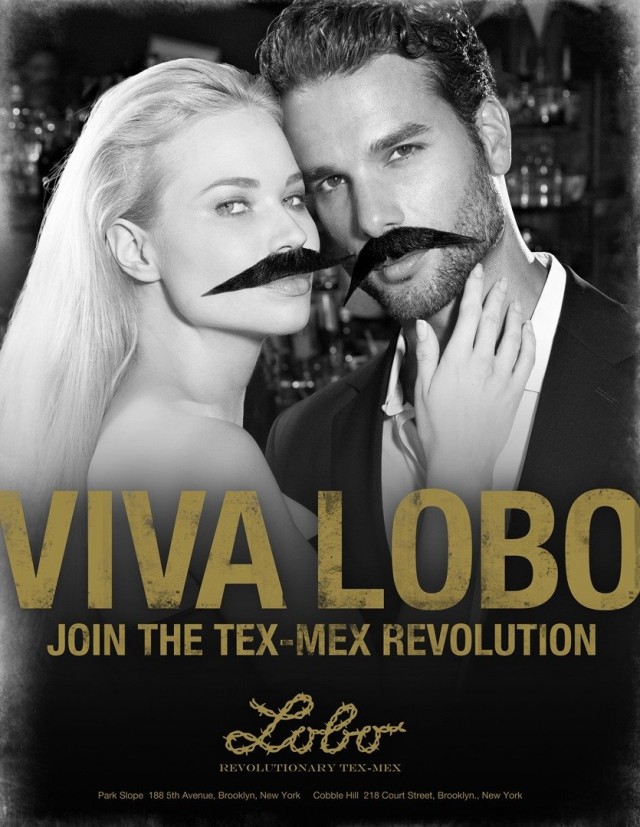
It was a full week after the magazine had come out, and nearly three days after Kenji received his copy, that an email marked ‘Urgent’ hit my inbox. It is from Kenji. In it, he had enclosed the model’s details along with the reminder: Please make sure to call Nea – she is waiting to answer any questions you may have. The fact that I needed the answers a week earlier didn’t seem to trouble our photographer. The supermodel’s name was Nea McLin. As you may have guessed, she turned out to be Finnish.

At the time I received the message, Fashion Week was already under way. Manhattan was rife with warnings - both snow and the ever-encroaching storm of photographers and fashionistas that were soon to descend upon the city. But despite the abundant non sequiturs accompanying names like Duckie Brown and Baja East, the focus of most conversations inevitably drifted to the parties - the ‘invite only’ parties, the even more prestigious after parties, and the columnist’s conundrum: was it worth spending a day writing up an inane article solely for the pleasure of attending a celebrity infested event. ‘Yes’, my actions announced despite my feigned indifference to such nonsense.

By the time I decided to meet with Nea, I had already attended the Hardware LDN and This is New York after party, respectively. I had also found comfort in the notion that my imminent hang over would soon be overshadowed by the inexorable toil of writing pieces that recounted the virtues of drinking with designers. The most gratifying aspect was that my magazine had managed to secure an invite to Alexander Wang’s After Party – one that did not include an invite to the ferry meant for getting me there. In short, I was expected to swim across the East River. But attend or not, I now owed Wang yet one more in the way of articles.
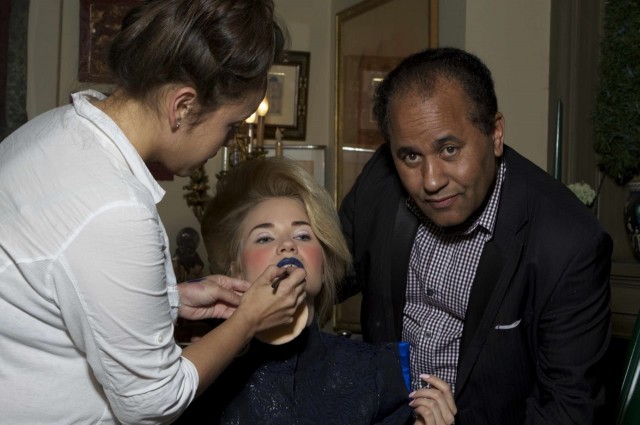
Days of being introduced to short designers and excessively tall models had taken its toll. I was in a permanent state of motion sickness, my lower back having long since decided to go solo from my pelvis. It was at this inopportune and mentally unstable juncture that I went to meet Nea Mc Lin.

The Grounded Sprite
With lithe movements, the alabaster skinned Nea chassed into the café like a pixie balanced forever between the ethereal and the diurnal. Evoking panache and grace in equal measure she announced in a matter-of-fact way that it was nice to meet someone in New York who had even the vaguest notion of her country of origin.
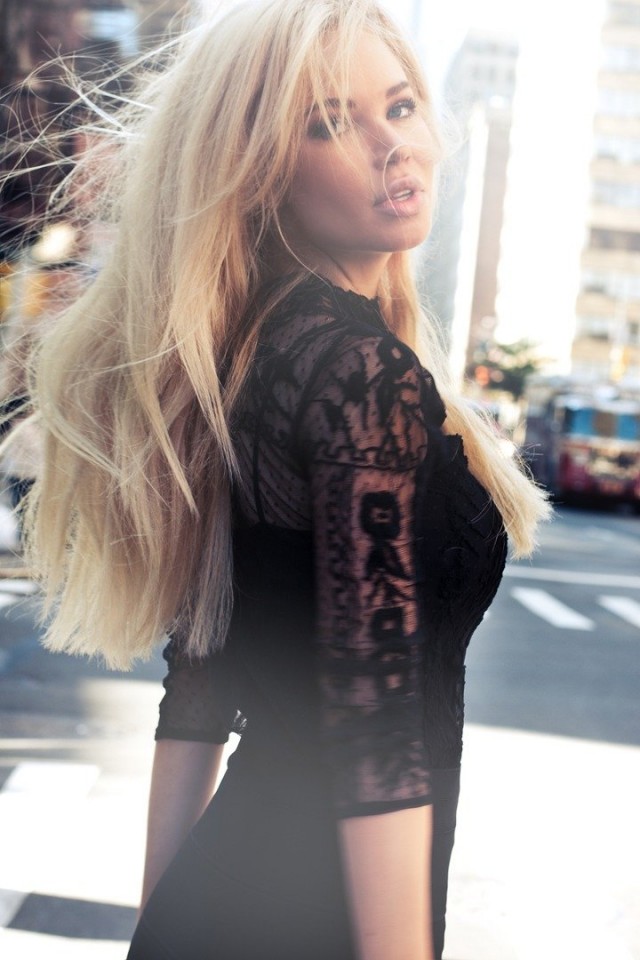
Having been discovered by way of a Finnish modeling competition at the age of 18, Nea has been modeling ever since. After a brief interval at Model Boom, she landed a year’s worth of work in Milan. From there, she returned to Finland where she was offered a job in New York as a reporter/host who would cover fashion events and do interviews for a Finnish TV show produced by Pekka Rautiommaa for Indigo TV, a subsidiary of Time Warner. Although Nea had initially decided to stay in the States solely for the duration of one summer, she soon met her future husband, a blues and jazz musician with whom she would – at the early age of 21 – conceive a child.
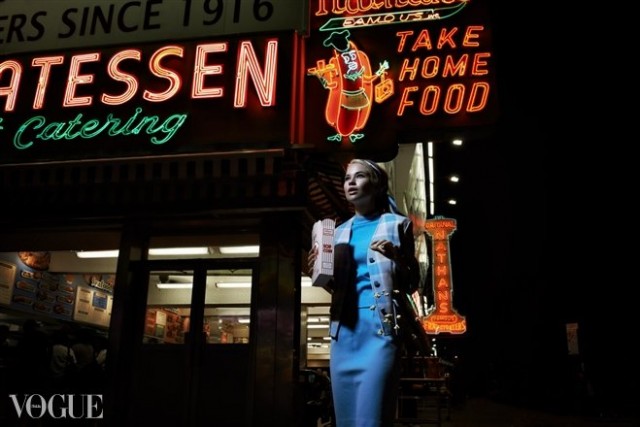
“My son was born in Finland”, Nea says with a simper. “I mean 5 days at 100 euros is pretty hard to beat. So I stayed there with him for the first 5 months. That was actually where my husband and I got married. He liked Finland. In that end, that was, unfortunately, one of the only things we did agree on”.
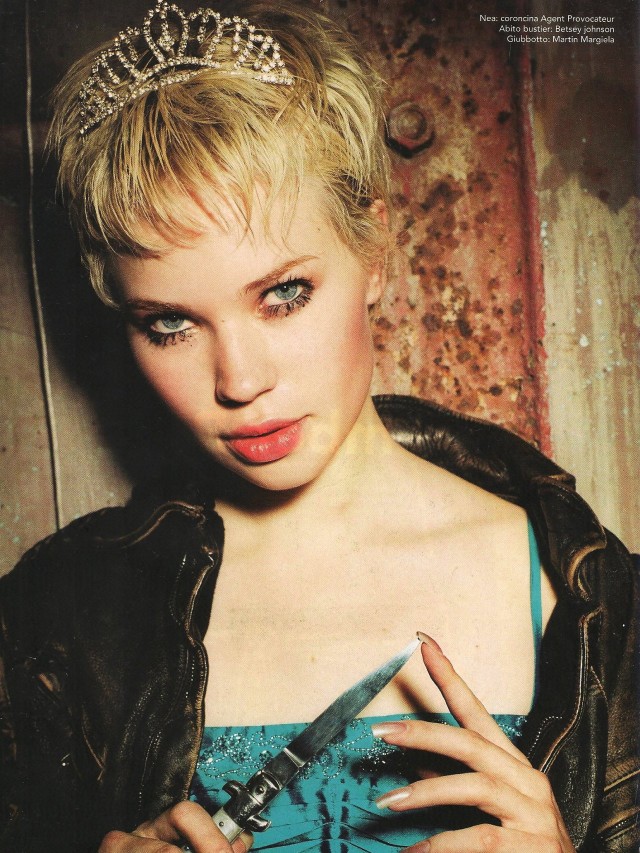
Born Nea Ailamo, the highly talented Finnish model had decided to keep the name McLin even after her marriage dissolved. “McLin is part of who my son is and I’m very proud of him. He’s Finnish, Cherokee, Italian, and African American all in one – if you ask me, but of course I’m subjective, he got the best of all worlds”. Much to Nea’s surprise, her son’s multicultural background extended to picking berries, fishing and even enjoying the sauna with his Finnish grandparents. Although Nea makes her living standing in front of cameras, it is clear the photos she likes looking at most are those of her strikingly good looking boy, Ledell Ray.
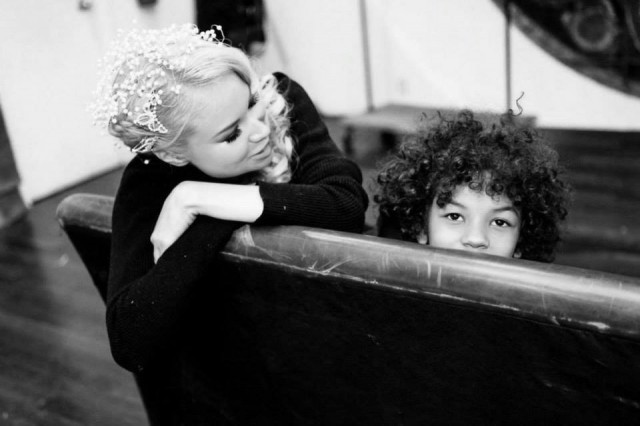
Having been brought up by a mother and father who respectively watched over him while the other parent was either gigging or doing shows, Ledell Ray does not seem to have been lacking in either parental attention or artistic awareness. “I can honestly say”, sighs Nea, “my ex and I handled our separation maturely - our son remained of utmost importance in both our minds – we stayed friends for his sake”. After a brief pause, Nea adds with a grin, “And I dare say, we did so ‘because he’s worth it’”. Cognizant of the fact that Nea has done many an ad for L’Oreal, I laugh along.
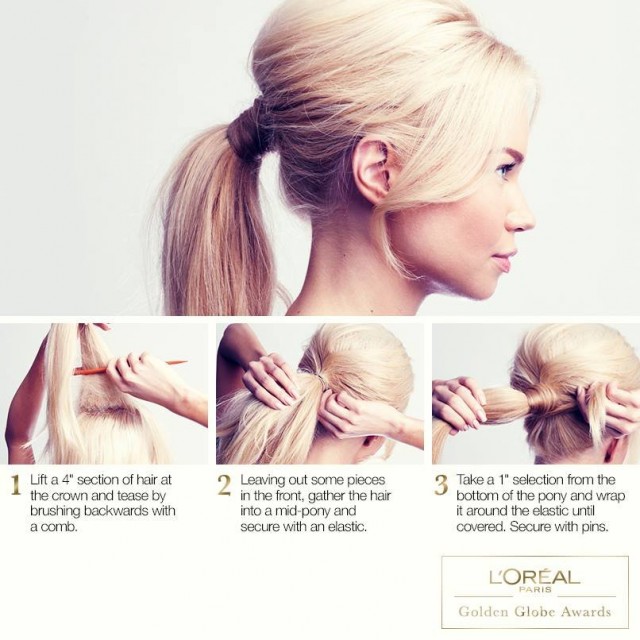
Having interviewed many designers and models earlier in the week, I was pleasantly surprised by Nea’s unselfconscious air and wit. After remarking on her ability to be self-deprecating, Nea explains, “Women are insecure – especially in the modeling industry where such a high value is placed on youthful features. In general, I’ve noticed Scandinavians do pretty okay because they are usually more humble. They can relate to you. No bravura. No games – they save the show for the show. In short, they’re down to earth. And that comes in handy especially during a shoot where the results are not only about you but based on the dialogue you are having with the photographer …by dialogue, I mean, of course, the ability to understand what he’s looking for and find new elements in yourself.”
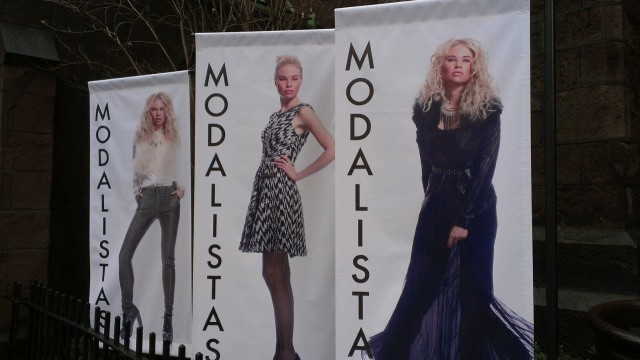
When asked about the stress level in her field, Nea tilts her head before leaning forward and confiding, “Look, there’s a lot of drama in this industry – every client is different. The reality is, you can’t please everyone. No one’s perfect but we’re all perfect in our own way… I mean, that’s what makes life interesting. I often feel sorry for young models because they sometimes take criticism so personally. But if you know how the industry works, you realize that about 99% of the pictures you see in advertising are retouched. No one wakes up looking like a cover girl. I look at pictures in magazines like they’re art pieces because so much work goes into them – from lighting to wardrobe to hair to makeup to retouching etc. And then add to that the fact that a good photographer knows how to shoot people from the right angle. It’s an art to make people look their best and to know how to capture that perfect moment”.
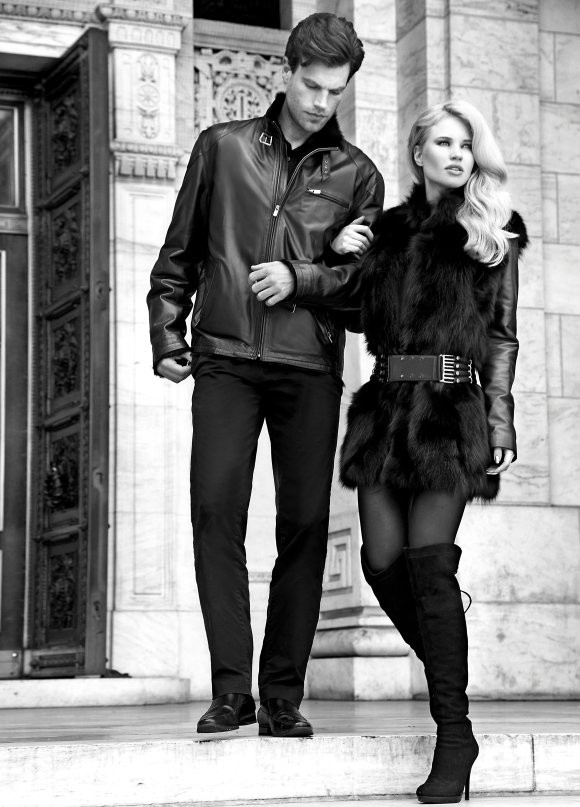
Although Nea admits that she does miss her family, childhood friends and even some of the food in Finland, she is clearly in love with New York. “Of course, I miss friends”, her hands eagerly busying themselves with her coffee cup, “who wouldn’t miss people they’ve known since childhood. I mean no matter how many friends I have here, those are the people I grew up with. But when it comes to cities… well, what I love about New York is that there are people here from every part of the world so that anyone would feel at home here. And when it comes to modeling, this is the city where there’s work for all ethnicities, ages and looks – I mean, the people are really very open minded here.”

As fate would have it, after working for dozens upon dozens of top designers and fashion houses, Nea got a chance to work for the one Finnish born label owner who had become something of a legend in Canada. The Women’s Wear executive was none other than the eccentric multi-millionaire, Peter Nygard – the man who recently caused a stir when describing stem cell research as his own private antidote for the aging cycle.

Was it strange to run into this Finnish Dorian Grey while living in the classical “melting pot”? Judging by Nea’s untarnished teen-like appearance, I was certain there was more than one portrait hidden in the fashion magnate’s closet. Still, there was no denying it. Nea had found it. In a sprawling city of millions, she had discovered her own Little Finland – a down-to-earth haven hidden between the skyscrapers of the Fashion world.
